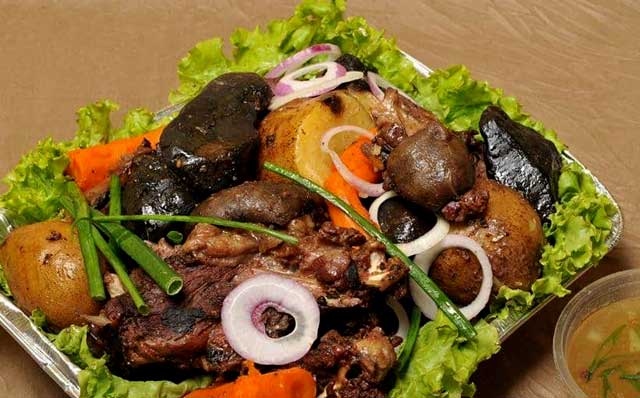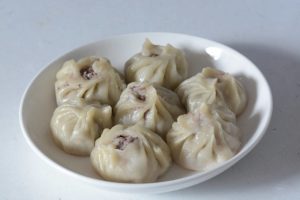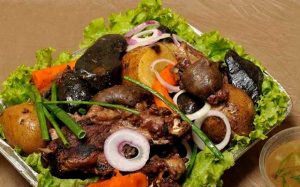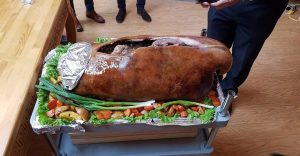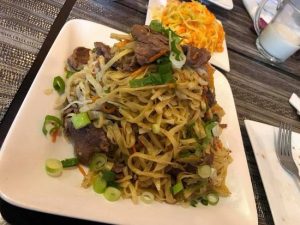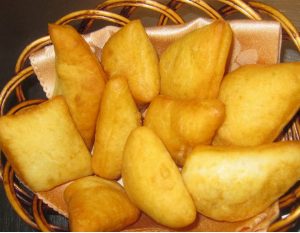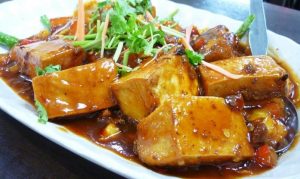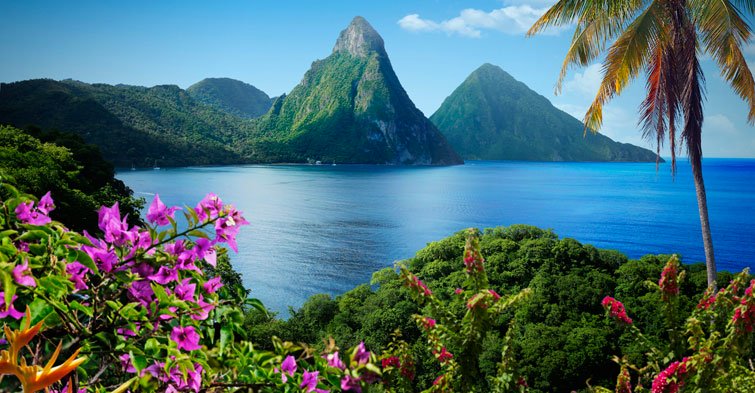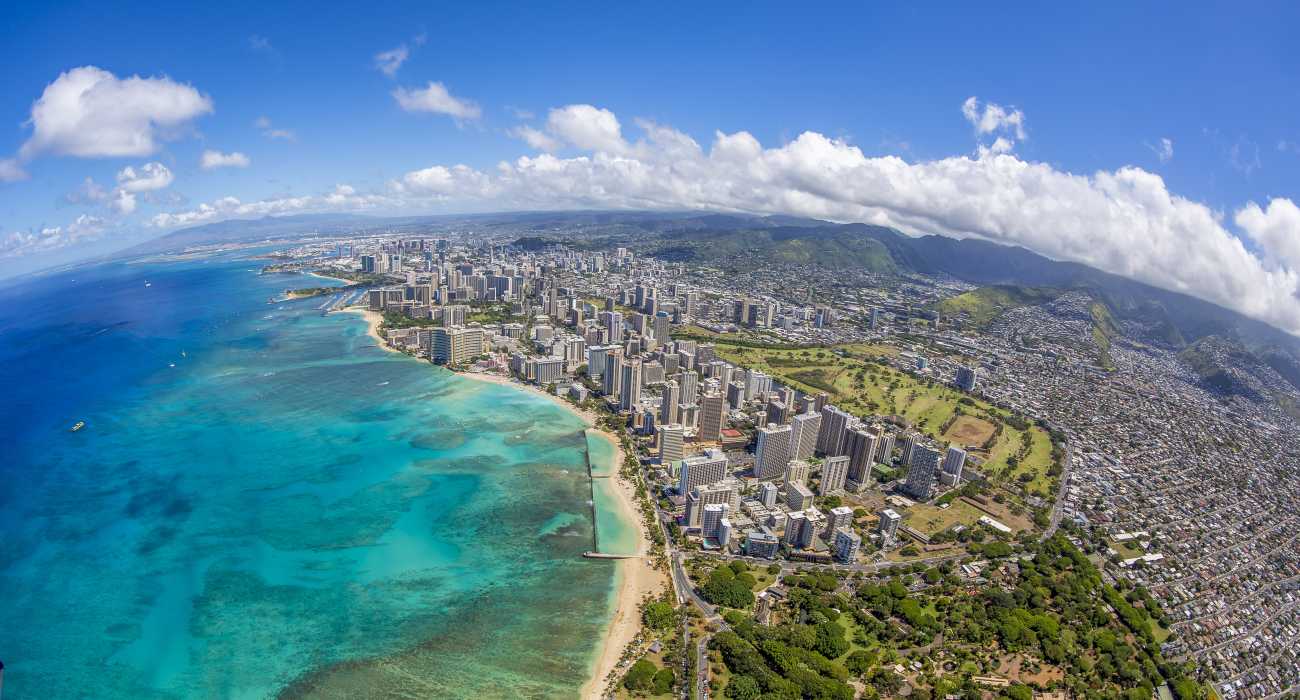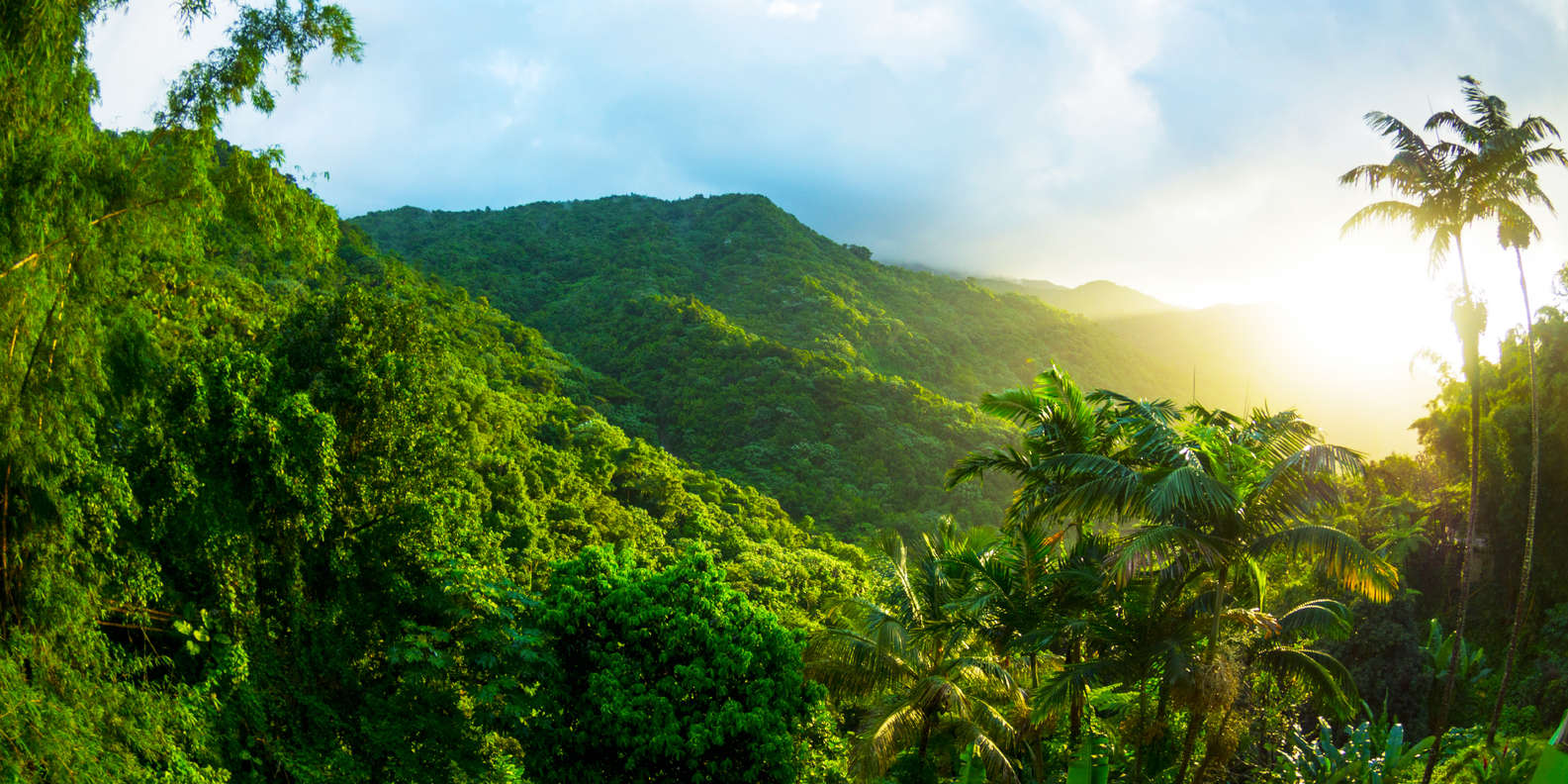Chinese and Russian cultures influence the world-famous Mongolian food due to the country’s location. And also, Mongolian cuisines influence their huge nomadic lifestyle and extreme climate conditions. It has created a unique culinary tradition that attracts many tourists’ hearts.
Mongolian food is almost like heaven for meat lovers since it largely bases on meat and dairy. Although vegetables and spices are limited, Mongolian food has more variations and unique flavors. Therefore, it is always on top of the lists of the world’s best food. So, here’s the complete food guide for all the food lovers in the world.
Mongolian Food
What is Mongolian food?
Mixed with nomadic culture, Mongolian food is influenced by many central Asian countries as well. Boiled mutton, Tea mixed with camel, cow, horse or sheep milk, and Tibetan-style dumplings are the Mongolian staple food.
You can see that Mongolian food is heavier and contain more fat. But, no need to worry about it since their extreme climate burns it. The saying “Meat is for men and grass for animals” explains everything about Mongolian food culture.
Mongolians consider dairy items as white food while meat items consider as red food. White food normally contains different milk types like horse, goat, cow, sheep, camel, and reindeer milk. The most popular types are horse and cow milk since they are healthy. Horse milk contains the highest amount of nutrition out of all the other types.
Mutton is a must in all the menus of Mongolian food. And there are different foods that they eat in different seasons. In the summer, they mostly eat milk products, while in the winter, they eat dried meat.
Another special reason for Mongols is they eat almost all the parts of an animal, even the heart and intestine. The only meat they don’t eat is horse meat. And also, chicken, pork, and beef are not commonly used in their recipes. (Since they mostly wouldn’t survive in the Mongolian winter season).
Although vegetables, fruits, and bread are not traditionally on their menus, now they have added them to all the lists. (Mongolian Food)
Suggested Reading: Gobi Desert in Asia
What does Mongolian food taste like?
Mongolian food has a very unique and fresh taste. I’m not saying they are the best food in the world since they are not. But, I can say they are one of the most nutritious food in the world.
Mongolian food has more meaty flavors rather than spices. Therefore, this is a heaven for meat lovers since more mysterious meat types are in Mongolian cuisine. Just read more to know more.
Is Mongolian food spicy?
Not at all. Mongolian cuisines are heavy in meat but less in spices. Therefore, all the quality factors highly depend on meat quality.
What are the most popular foods in Mongolia?
Here I have mentioned the real foods that nomads eat on the steppe daily.
Buzz Mongolian food or Mongolian Dumplings
Buzz or Mongolian dumpling is the most popular and favorite food on the Mongolian food list. These dumplings are dense and contain more ground meat inside. Commonly they add mutton, but you may also see yak, camel, chicken-like meats as well. (Mongolian Food)
It is made with flour dough, and the filling is made with a spiced meat mixture. Onions, salt, pepper, fresh herbs, and garlic like things are added to season the mixture. And then it is steamed for final preparation. Well, this one breaks the rule of typical Mongolian foods since it tastes a bit spicier.
It will take around half an hour to prepare this Buzz. But believe me, it is totally worth waiting until hand made. And this is a widespread food there. It also considers the national food in Mongolia.
Buzz is more famous in festivals like Tsagaan Sar or Mongolian New Year Festival, which is in February. And it is served with vodka or tea, dipping sauce, salads, and fried bread. (Mongolian Food)
Khorkhog or Mongolian Barbeque
Khorkhog is a type of traditional Mongolian barbeque that is cooked typically with mutton, goat, or lamb. Meat, carrots, potatoes, onions, cabbage, and, most importantly, smooth stones placed in a container with water to open fire. Actually, stones are placed during the cooking time to foster the cooking process.
This was introduced by traditional nomadic in Mongolia, and therefore, you can only find these dishes in Mongolia’s countrysides. And it tastes good too. (Mongolian Food)
Mongolian Food: Boodog or Mongolian Toast
Boodog is a whole goat. That whole goat is toasted by filling onions, potatoes, and hot stones inside it. Then it is cooked with its skin. Offering you a meaty aroma and a flavor, this dish is an authentic Mongolian one.
The stones should be smooth and round shaped. They normally insert into the upper legs and abdominal cavity. And use fire to close the neck of the goat. When the skin starts to leak fat outside, that is the sign of finishing the cooking process. On the other hand, they also use marmots instead of goats.
Suggested Reading: Best Costa Rican Foods
Guriltai Shul or Mutton Soupy Noodles
This is one of my favorites from Mongolia. And it is so tasty. Since noodles are normally hand made and mutton is added, it offers you a great food experience. Not only that, but vegetables are also included to increase the flavors and nutrients. And also, sometimes, yak’s milk curd is added to create sour flavors.
Tsuivan or Mongolian Noodle Stew
This is one of the most famous dishes in the world from Mongolian cuisines. Here, noodles are cooked with onions, cabbage, carrots, and meats (pork and mutton). And fry it. Although this seems like a Chinese dish, its flavor is different. When the different meats blend with hand made noodles, it offers you a unique flavor. (Mongolian Food)
Chanasan Makh or Mongolian Breakfast
Chanasan Makh is a very simple but very heavy dish made only with meat. All the parts of mutton, sheep, or goats are added to a large pot and boiled in water—literary all the parts like eyeballs. And eat together by hand. I know it is a little weird. But, that is their living style. Most of the traditional Mongols eat this for their breakfast. (Mongolian Food)
Budataai Khurga or Mongolian rice
Budataai Khurga is healthy rice made in Mongolian cuisines. It has lamb or sometimes beef, carrots, onions, cabbage, and bell pepper fried in high flame with Mongolian rice. This is a colorful, rich, and tasty dish that is famous in the whole world. Mostly this is served in lunch and dinner.
Airag or The National Drink
Airag or Kumis is mare milk (horse milk), which considers as the national drink in Mongolia. This excellent source of vitamins and minerals prepares them by fermenting the mare milk. While mares milk is rare and a niche product in all the other countries, Mongols get this as their national drink.
With time, Kumis was spread through central Asian countries as well. This is almost like medicine, which offers a lot of health benefits for your body. Therefore, it has a huge demand. (Mongolian Food)
Boortsog or Mongolian cookies
This is a Mongolian dessert or a snack made with deep-fried dough. Fresh Boortsogs are soft, crunchy, and crusty. When it gets old, it becomes hard and cold by making it difficult to eat. So, try to get fresh ones. And it goes better with milk tea, butter, and honey as an evening snack. (Mongolian Food)
Suggested Reading: Best Swiss Food
Gambir or Mongolian Pancake
Gambir is also another tasty dessert in Mongolian cuisines. This is a yummy pancake that contains a baked flour dough majorly. And it is added butter, sugar, jam, chocolates, and fruits as a topping when serving.
Mongolian Food: Ul Boov or Mongolian Shoe Cake
Looking like a shoe sole, Ul Boov contains flour, sugar, and cream. And it is a tasty snack with a soft texture to have when you are in Mongolia.
Khuushuur or Mongolian Pastry
This pastry is containing, ground meat like mutton and beef with onions, garlic, and pepper. Sometimes, it contains vegetables as well. This pastry is almost a street food that goes well with Mongolian pickles.
Byaslag or Mongolian Cheese
Mongolian cheese “Byaslag” is made with cow milk or yak milk. After making the cheese, it is cut into square shapes and have as a snack. It is yellow in color. And also, it is salty, creamy, and mild with a firm texture.
Mongolian Tea with Milk
Whenever you visit a nomadic yurt, they welcome you a tea with milk. They normally mix tea with cow, camel, or sheep milk. They also add some salt into the tea and usually drink tea around 3 times per day. (Mongolian Food)
Vodka/ Shimiin Arkhi/White Vodka
Mongols are famous for making vodka since they make vodka for many centuries. It is a long and complex process that needs good skills and experience. In Mongolia, all the techniques and knowledge passed from father to son or from mother to daughter.
There are different techniques to make different vodka types, and they mostly use cow milk. For example, Arkhi makes by countryside Mongolians with their own recipe and sends them to the town areas. (Mongolian Food)
Mongolian food vegetarian
Since Mongols eat more meat than vegetables, Mongolia is considered the least vegetarian-friendly country globally. But, yet some items can have by vegetarians.
Actually, no matter what the foods, it is worth visiting the true and last nomadic population on the earth. The most special feature that I see in them is, they move from one place to the other with their yurts when the weather turns harsh.
I highly recommend travel companies like Intrepid to join when you travel to countries like Mongolia. They always provide all the requirements in any climate condition.
For vegetarians, the followings are the dishes in any Mongolian food list.
Baursak
Baursak is a small fried bread that you can eat by dipping in a sauce or tea. It can consider as a simple Mongolian evening snack for anyone (vegan or nonvegan). (Mongolian Food)
Khuushuur
I mentioned above that Khuushuur is a meaty pastry. But, at any request, they will prepare Khuushuur in a vegan format, including only potatoes, carrots, and cabbage.
Mongolian Food: Buzz
Above, I have mentioned that Buzz is a meat dumpling. Mostly, it contains mutton. But, at any request, you can request vegetarian dishes. Then they include mushrooms like things into the dumplings.
Tsuivan
Tsuivan is a tasty noodle dish that typically contains fried meat and vegetables. But, some Mongolian cuisines are flexible for vegetarians by removing fried meats. And also since noodles are hand made, it offers you a great taste.
Mongolian Food: Budaataai Huurga
This almost like Tsuivan. But, here instead of noodles, they include fried rice with vegetables like carrots, cabbage, onions, etc. (Mongolian Food)
Suggested Reading: The Best Thai Food
Mongolian food menu
Do not expect to have the English printed menus in all the restaurants in Mongolia. And also sometimes there are no menus at all. But, there are food menus printed in Russian in some restaurants. I hope it will be helpful for you to know.
A special feature that I see in Mongolian food is, there are no many variations in different towns. (Mongolian Food)
What food did the Mongols eat?
Mongolia is a country that has a harsh climate with long cold winters and short hot summers. Since that climate, it is not possible to do farming in most parts of Mongolia. Therefore, they used to prepare their meals from their animals (milk and meat-related ones). And when their animals eat all the grass, they move to another grass rich place with their yurt.
Mongolian women normally process animals’ milk-like cattle, goats, sheep, and camels into curd, airags, and yogurt-like items. In ancient times, Mongols didn’t have any oven. So, they didn’t make bread.
And since they didn’t farm, there were not many vegetables. Wild onions and garlic like things were available. Therefore, they had used them as both culinary and medicines.
With the empires came to Mongolia, they got access to rice and flour-like foods from China. Then, the Mongols started to prepare bread and noodles like foods. And also, some spices came to Mongolian cuisines as well. (Mongolian Food)
Planning to visit Mongolia?? Just check here for the best hotel deals that match your budget. (zoom out to view hotels)


